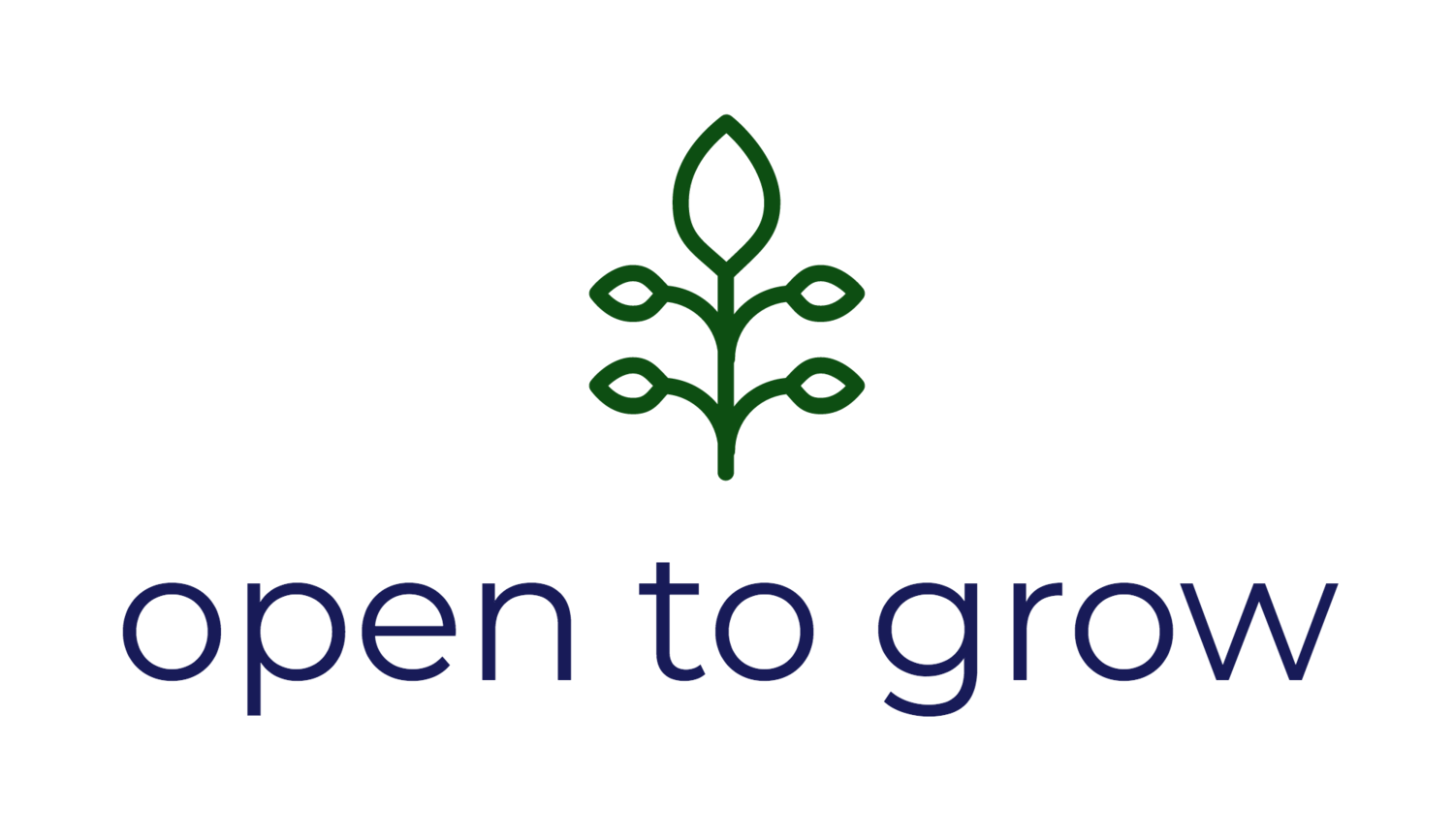Into the Frying Pan......
/How I joined one of the world’s leading participatory business networks
Only a year ago, I thought Enspiral was simply a group of freelancers and startups working out of a funky space in Wellington. I was about a year into my journey as a freelancer focused on bringing the ideas of agile and responsive and teal to organisations, and feeling both lonely and isolated from the smart people who were always around when I had a real job.
I was working on the Co-opathon project with Ben Roberts, and we were using Loomio. I didn’t realize that Loomio was an Enspiral Venture, and that piqued my curiosity. I googled around and found some of the great talks from Alanna Krause and Joshua Vial and Rich Bartlett. Then I had a chat with the wonderful Doug Kirkpatrick, and he told me that a little posse of Enspiral people had recently come to visit the Self Management Institute.
All the threads started coming together, and I made the first move. I met heaps of people, started hanging around, and by the end of Summerfest in January I had made my decision to invest in and work with these amazing humans.
See what I did there? Quite different from a normal engagement – I chose participation.
One of the memes that it took me a while to understand about Enspiral is that it’s easy to join and hard to stay. Staying takes a mindset of total self-management, which is antithetical to the way we’ve been taught or how most of us experience work. You find your own way. Enspiral does not have jobs. You create your own. And find a way to make a livelihood.
I totally get that I am not the traditional persona of an Enspiralite – I’ve had a career - in humongous multinationals, start ups, and global bungy jumping empires. Since I was 17, I’ve always had to provide a CV, interview, and depending on the whim (or wisdom!) of the HR team or the hiring manager I’d get offered a contract and some money to do some stuff or sell some stuff. Not only did that not happen at Enspiral for me – (not to say it couldn’t for you if you choose to do work for an Enspiral venture), but it also took me a really long time to get my head around it – the ‘how we do things here’ piece. We are starting to understand how hard that is, and how important it is – not only to new adventurers poking around, but those of us hanging around in the gooey center.
Over the years, Enspiral ventures have built and developed some of the tools we use to make decisions – this is Loomio (now used by 10’s of thousands of people).
What do you do when there is no CFO to do spreadsheets for what gets funded next year? What do you so when you recognise the need to be responsive and realize that there is no way we can predict what we’d like or need to spend money on month to month – you build Cobudget. And how does money get in there in the first place? How does the Enspiral Foundation run? It has no employees. But there is the support and scaffolding of 40 members and 250 contributors to hold. You think lean and practical and have a MVB – Minimum Viable Board to cover the legal obligations and the risk, and you share out the work of the C-Suite (haha a c-suite that does actual work!) amongst those with the energy and interest, let them decide how to organize and beCatalysts in the true sense of the word.
It’s taken Enspiral the better part of a decade to both understand what it needed and what experiments to try. We’ll never be done – it will always be changing. And how do you care for a culture that is at once unique and emergent? Notice. Listen. Play. Our latest ‘agreement’ invokes the opportunity of intentional Stewardship.
It’s not easy. Sometimes it’s really hard. We’ve heard voices and questions and ‘hands raised’ all around the world, and with a tentative gaze outward, understand we have a responsibility to share, with whoever wants to listen, this great experiment. We’ve started a new venture called Enspiral Labs to make that intentional – the sharing of ideas and tools and experiment – to provide some source of confidence that it’s possible – it feels good, and it changes lives.

We are touring Europe in September and October, and we are so looking forward to sharing our lived experience. Grab your tickets for Berlin, Stockholm, Copenhagen, London, Amsterdam, Brussels, and Budapest here.
Hope to see you soon!











